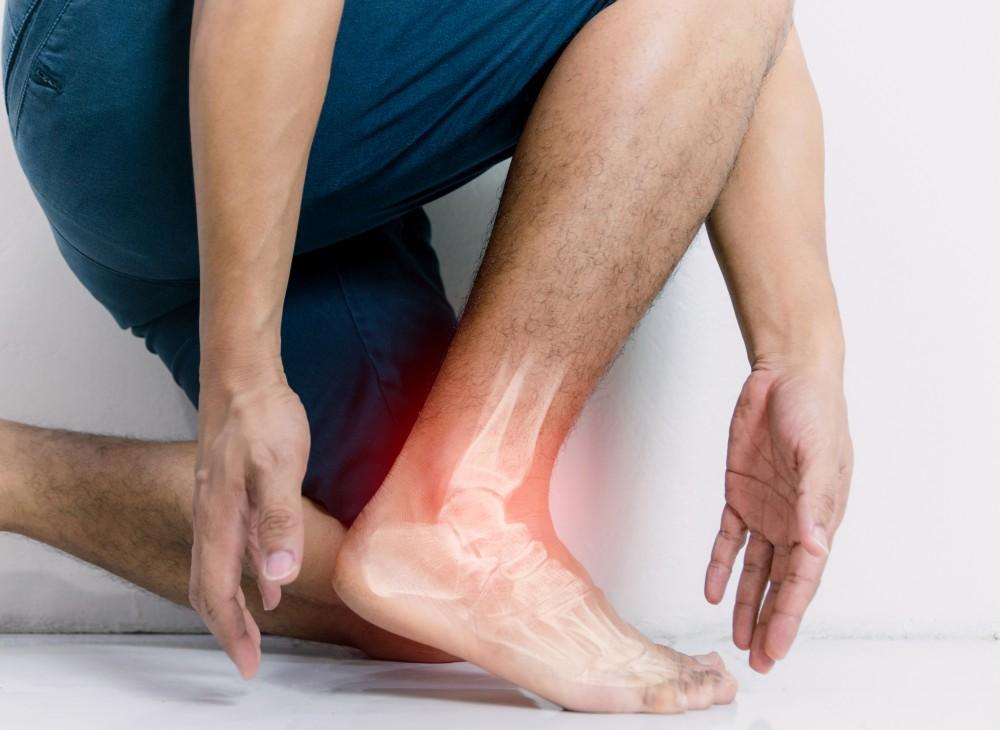
What is Foot Drop?
A foot drop or drop foot is a general inability to lift the front part of the foot. Foot drop is not a disease; it is a sign of an underlying neurological, muscular or anatomical problem. Uni or bilateral affection is observed. It occurs due to weakness or paralysis of the muscles that lift the foot. Sometimes it’s temporary, but can be permanent also.
Which age group is more prone to get affected by Foot Drop?
Foot drops can occur at any age.
What are the causes of Foot Drop?
• Brain or spine injury.
• Nerve injury.
• Sports injury.
• Stroke
• Multiple sclerosis.
• Cerebral palsy.
• Muscular dystrophy.
• Spinal stenosis.
• Diabetes.
• Charcot-Marie-Tooth disease.
• Lyme disease.
• Parkinson’s disease.
• Hip or knee replacement surgery.
• Long hours sitting with cross legs.
• Prolonged kneeling.
• After parturition.
• Excessive weight loss.
• Poliomyelitis.
• Plaster cast.
• Drugs reaction.
• Alcoholism
• Smoking.
• Myositis.
• Tumor.
• Stress.
• Damage to the nerves that pass below the knee.
What are the Signs and symptoms of Foot Drop?
• Foot lifting is difficult.
• Dragging the front part of the foot.
• Steppage gait.
• Redness and swelling of the foot.
• Numbness of foot.
• Higher step than normal, when climbing stairs.
• Weak leg and foot muscles.
• The foot may be limp.
• The uncontrolled slapping of toes against the ground.
• Swinging hip motion.
• Tingling, pain in feet and numbness is observed.
• Muscular atrophy in the leg.
• Reduced walking speed.
• Reduce the quality of life.
• Balancing difficulties.
• Curled toes or corns on the ball of the foot.
• Swelling.
What investigations are advised in cases of Foot drop?
• Complete case history.
• Physical examination.
• Fasting blood sugar.
• Hemoglobin level.
• Nitrogen and Creatinine tests.
• X-ray.
• Ultrasound
• CT scan
• MRI scan
• Electromyography (EMG)
What treatment is advised in cases of Foot Drop?
• Analgesics.
• Ankle-foot orthoses (AFOs)/ (Lightweight braces).
• Shoe inserts.
• Physical therapy.
• Nerve Stimulations.
• Surgery.
What is the prognosis of Foot Drop?
The prognosis of the foot drop varies with treatment according to the cause and severity level of the symptoms.
What Diet and management are advised in cases of Foot Drop?
• Yoga and meditation help.
• Physiotherapy is recommended to increase muscle strength.
• Wearing a lower leg brace.
• Physical therapy helps.
• Regular exercises such as Toe grab, Toe Curl, Toe Flex, foot stretch, calf raise, and cycling should be done under the guidance and supervision of an instructor.
• Always boost patient for doing activities.
• Keep motivating them for their effort in improvement.
• Help them in stretching.
• Keep all floors clear of clutter.
• Mark stairways with fluorescent tape on top and bottom of the step to make it visible at night.
• Avoid the use of throw rugs.
• Relocate electrical cords away from walkways.
• Make room and stairways well.
What are the Homeopathic remedies for Foot Drops?
Aconitum napellus
Arsenic album
Boavista Lycoperdon
Causticum
Nux vomica
Opium
Phosphorus

 If you are unsatisfied with our treatment and do not want to continue the medicines you can ask for refund within 24 hours of making the payment.
If you are unsatisfied with our treatment and do not want to continue the medicines you can ask for refund within 24 hours of making the payment.